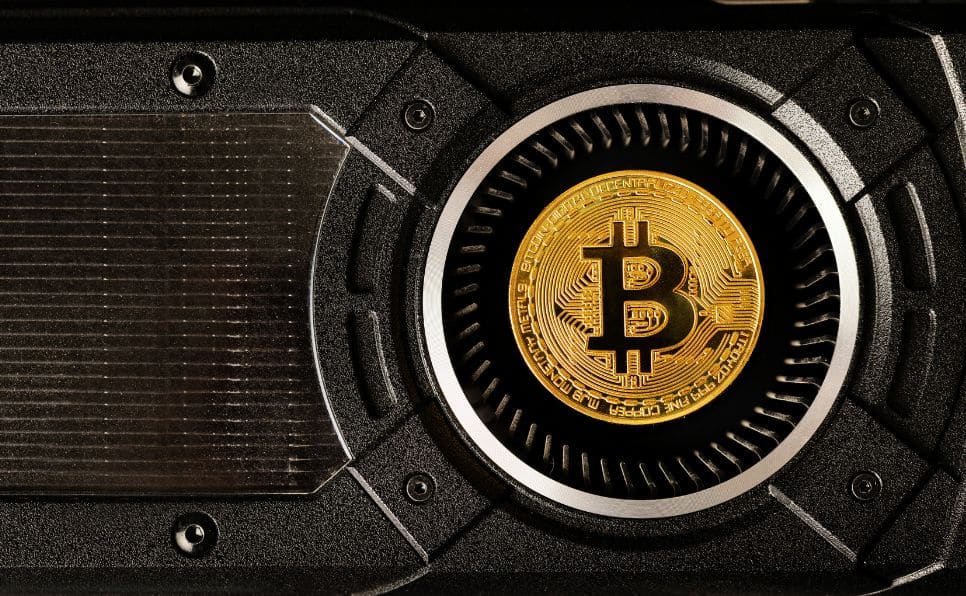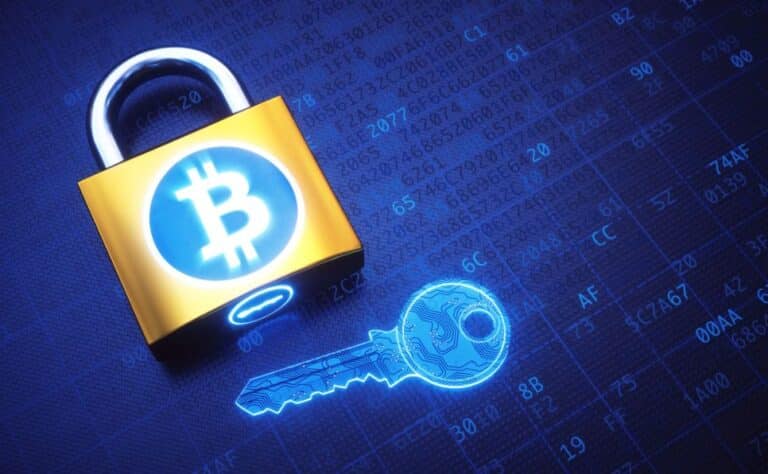Whether you are new to crypto, or a seasoned user, it is a good idea to learn about the mining process so that you can better understand these three things:
- How new Bitcoins are issued
- How transactions are processed and validated
- How security works in a decentralized banking system
What’s the purpose of mining? You should know that the mining process is responsible for the production of new coins. It is also responsible for the security of the network. In this article, we will dive into the world of Bitcoin mining. If you are interested in learning about the purpose of mining and the step-by-step process that miners participate in, then use this page as a guide.
What Is Bitcoin Mining?
The amount of Bitcoin in circulation is growing every day. While there is a finite amount of coins in existence, mining issues new coinage to be used. Mining verifies transactions and adds them to the blockchain. It is a process in place to ensure that double spending does not occur. To fully understand the process, let’s talk about the blockchain first.
Understanding The Blockchain
The blockchain has a central role in the Bitcoin ecosystem. It works as a decentralized and public ledger that permanently records all Bitcoin transactions. The blockchain lives across a network of nodes that work together to confirm transactions through a process called mining. When a transaction is confirmed it is added to a block. Each block is cryptographically linked to the previous blocks to form the blockchain. Crypto’s success as a decentralized banking system is owed to the blockchain: without it, cryptocurrencies could not operate without a central authority.
Here’s how the blockchain maximizes the security of crypto transactions and creates trust in a decentralized system:
The Blockchain Maximizes Security Of Transactions
The blockchain creates a chronological, unchangeable record that facilitates the security of each transaction. The design of the blockchain record ensures any malware or hacker attempting to alter a block would need to alter all the subsequent blocks, which would be nearly impossible.
The Blockchain Is Publicly Accessible
Anyone can view the entire transaction history and verify the ownership and movement of Bitcoins from one address to another. This transparency is a key contribution to the trustworthiness of the decentralized banking system.
What Do Bitcoin Miners Do?
Bitcoin miners validate transactions on the blockchain through a process called Proof of Work. Proof of Work requires miners to solve intense mathematical puzzles. These puzzles are called hashes. Hashes require an immense amount of computational power, and as the demand for miners has grown with Bitcoin’s success, the computing power that is needed for mining Bitcoin has increased as well. Miners with the largest computing power have an advantage because they can solve necessary hashes faster. The first miner to solve the puzzle earns a block reward. Miners compete against each other to be the first to solve the encrypted puzzles so that they can profit from this work. Incentives are in place to facilitate fast confirmations: this is an important factor for the security of the blockchain as well.
How To Mine Bitcoin
Here is a step-by-step breakdown to show how Bitcoin mining operates as a decentralized and secure process, relying on cryptographic hashes, incentives for miners, and a proof of work consensus mechanism to maintain the integrity of the blockchain and the overall functionality of the Bitcoin network.
Step One
Individuals initiate Bitcoin transactions by sending Bitcoins to one another. These transactions are broadcast to the network and collected in a pool of unconfirmed transactions.
Step Two
Miners select a set of transactions from the pool and verify their validity. This involves ensuring that the sender has the necessary Bitcoins to complete the transaction and that it adheres to the rules of the Bitcoin protocol.
Some customers tack on transaction fees to make their transactions more appealing, so that a miner will be incentivized to select their transaction from the pool.
Step Three
Once the miners have verified the transaction, it is bundled together with other verified transactions into a block. Each block has a maximum size limit
Step Four
The miners use the proof of work system to validate. The first miner to find the correct “nonce” to solve the hash function is rewarded with new Bitcoin and the determined fees, and then the solution is broadcast to the entire network.
Step Five
Other nodes on the network validate the solution. If the majority agree that the solution is valid, then the block is accepted.
Step Six
The block containing the record of transactions is permanently added to the blockchain.
The mining process continues, with miners selecting new transactions, creating new blocks, solving PoW puzzles, and adding them to the blockchain approximately every ten minutes.
It is important to note that miners are rewarded with a specific number of newly minted Bitcoins and that miners can also earn a portion of the transaction fees paid by users. These rewards incentivize miners to prioritize certain transactions over others.
Mining Difficulty
New blocks are added to the blockchain roughly every ten minutes. To keep this pace, the mining difficulty changes. This means that the measure of how hard it is to solve the proof of work algorithm is adjusted to stabilize the entire process.
Block Rewards And Halving Events
As previously mentioned, miners are incentivized by block rewards. But because there is a finite number of Bitcoin to be minted, there is a system in place to further stabilize the minting process. Every few years the amount of coins that a miner may receive for their work is cut in half. This is called a halving event.
Halving events are significant because they reduce the speed at which new coins enter circulation. Once the proposed limit of Bitcoin (21 million coins)is in circulation, miners will no longer receive block rewards. Instead, they will be incentivized purely by transaction fees.
Halving events in the past have had an impact on the market. As supply decreases, demand increases. Because of this, past halving events have resulted in price fluctuations and increases. By better understanding the mining process, you can get an informed idea of how halving events will impact the market.
Overview Of Mining Energy Consumption
Greater efforts towards sustainable mining have been the topic of many conversations about the future of Bitcoin. Because the mining process has grown to require a significant amount of mining power, the necessary energy consumption has grown too. New improvements continue to be developed. Other coins are testing new energy sources in the mining process to reduce energy consumption. For example, Ethereum has adjusted its mining process from proof of work to proof of stake, which validates blocks to the blockchain in a less energy-intensive process.
Mining’s Security Measures
Bitcoin’s proof of work consensus mechanism is an important part of the security of the blockchain. Proof of work is a consensus mechanism meaning that the procedures miners go through to validate transactions and add blocks to the blockchain ensure that all nodes in the blockchain’s network reach a “consensus” or agreement. There is no central authority, so the network of nodes work together to prevent fraudulent transactions through this mechanism. Mining makes it possible for secure and reliable decentralized banking.
Preventing Double Spending and Hacking
The blockchain is an unchangeable record of transactions that is organized chronologically. Double spending is impossible because anytime Bitcoin is sent from one address to another, it is validated and permanently recorded across a network of nodes. Bitcoin’s transactions enter the blockchain quickly, which improves the security of the network as well.
Again, understanding how mining works is essential for anyone who is intrigued by Bitcoin’s processes that make it a secure, trustworthy, and successful decentralized banking system. It is important to know that miners contribute to the supply of Bitcoin in circulation while ensuring the validity of transactions.
As we all navigate the dynamic changes in the world of crypto, it is a good idea to continue learning about how the technology in place shifts to adapt and improve. The impact of halving events, improvements in energy consumption, or new consensus mechanisms (like proof of stake) are some examples of changes to anticipate and educate yourself on, because the world of crypto and Bitcoin mining will surely witness further innovations in the future.
To learn more about Bitcoin’s technology that has created revolutionary success, follow along with RockItCoin!






